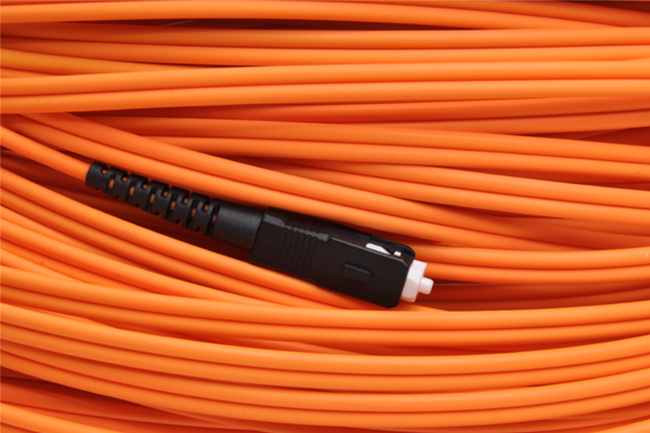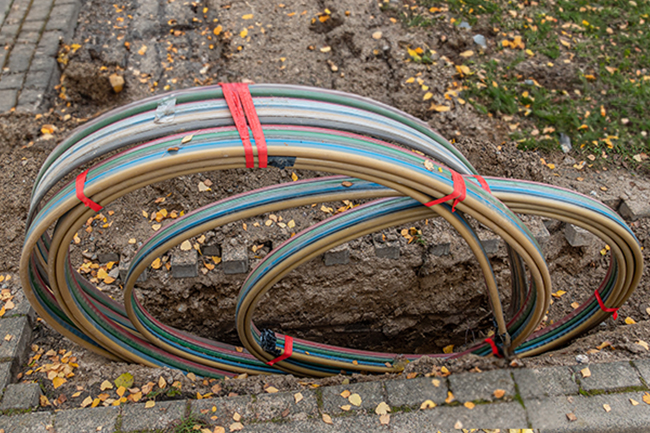Design and deploy fiber networks faster
Accelerate fiber rollouts through intelligent design automation, higher-quality construction packages, and smoother handoffs between engineering and the field. Reduce delays due to poor data or manual errors, and deliver build-ready designs that translate to faster execution and fewer surprises.
Trusted by industry leaders
Gain the SBS Advantage
Automate repetitive design tasks for fiber builds
Reduce busywork for designers by removing manual steps from fiber network planning with automation for feeder, distribution and service drop routing; enclosure and splitter placement; and spatial validation and engineering compliance.
Embed permitting and build standards into workflows
Give your teams pre-configured templates guided by permitting requirements and engineering standards. This ensures consistency across internal teams and external partners, cutting down on rework during approval and construction.
Ensure connected data across systems
Generate bill-of-materials and construction documentation directly from the design model, with automatic syncing to GIS and asset-management systems. No more duplicate entries, no import/export juggling, just accuracy and alignment.
Get new engineers productive faster
Built on the familiar AutoCAD environment, SBS solutions include FTTH-specific logic, rules and layout libraries. Embedded guidance and automation help to onboard internal staff or contractors quickly and maintain design quality and consistency from the start.
Proven impact across broadband and telecom projects

Deploy quicker, coordinate better
Standardized design templates plus model-driven automation produce construction drawings faster and with fewer revisions. Crews stay on schedule, field corrections drop, and your network build-out advances smoothly.

Improve oversight of partner and contractor designs
When external engineering partners submit designs, you can review them faster and enforce your standards automatically. If your policies or standards change, simply update your template once to keep everything aligned without retraining.

Minimize disruption during system upgrades
Whether you’re switching GIS, fiber network management, or asset-management platforms, you can keep your design workflows steady and synchronized. Maintain productivity during migration and switch over when you’re ready, without halting design operations.
Let’s talk about what’s possible.
We’ll show you how SBS can help you save time, reduce rework, and deliver broadband and telecom projects more efficiently.



